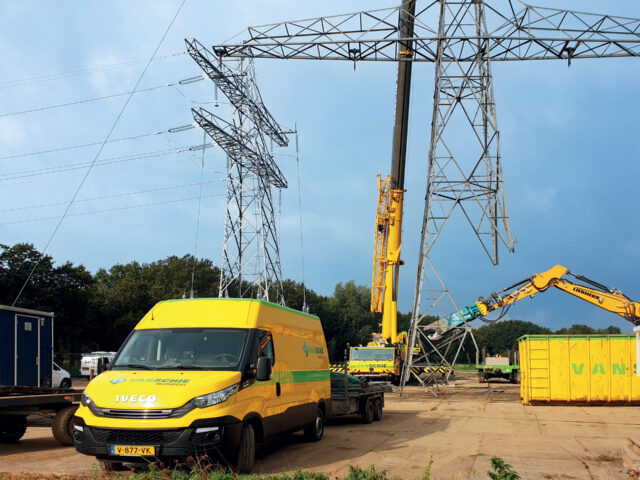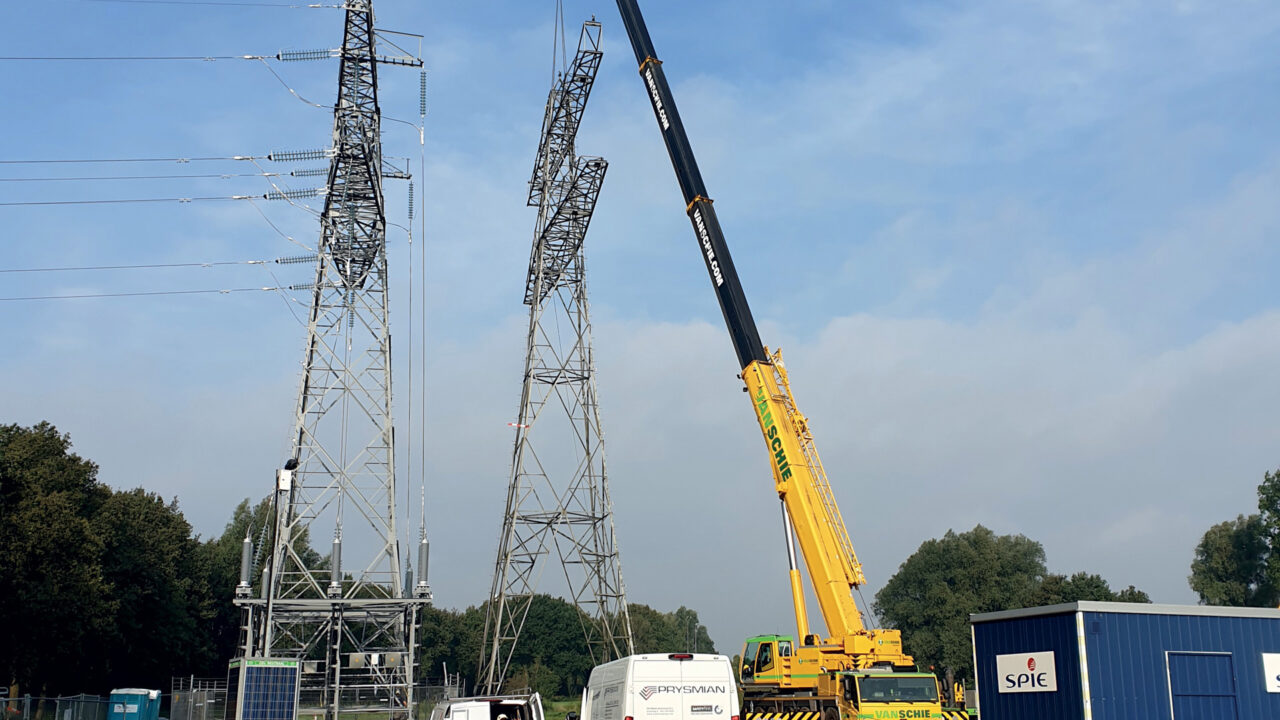More and more (renewable) energy is being generated and used in the Netherlands, energy that must then also be transported. Therefore, the power grid is now being reinforced and expanded everywhere. Such was the case in Rijnvliet, where an existing 150 kV connection was taken underground. ‘Cabling’ is what it’s called. As a result, a new residential neighborhood could now be built on the same site.
TenneT is the organization in the Netherlands that ensures an uninterrupted supply of electricity. They manage the national 380,000-volt high-voltage grid, say the highway of our electricity.
After that, regional grid operators – in Utrecht it is Stedin – are responsible for the medium and low voltage grid. These ensure that power enters our homes via 150,000 volts and eventually for use at 230 volts. This is done through switching, distribution or transformer stations, where the various connections come together. The largest switching station for Utrecht is along the A2 near Breukelen.
Who does what?
The energy market consists of suppliers (such as Vattenfall and Essent) and local grid operators (such as Stedin, Enexis and Liander), which provide electricity transmission. Overall, TenneT manages the high-voltage cables throughout the Netherlands. All parties work closely together to ensure that our overall power grid functions optimally.




